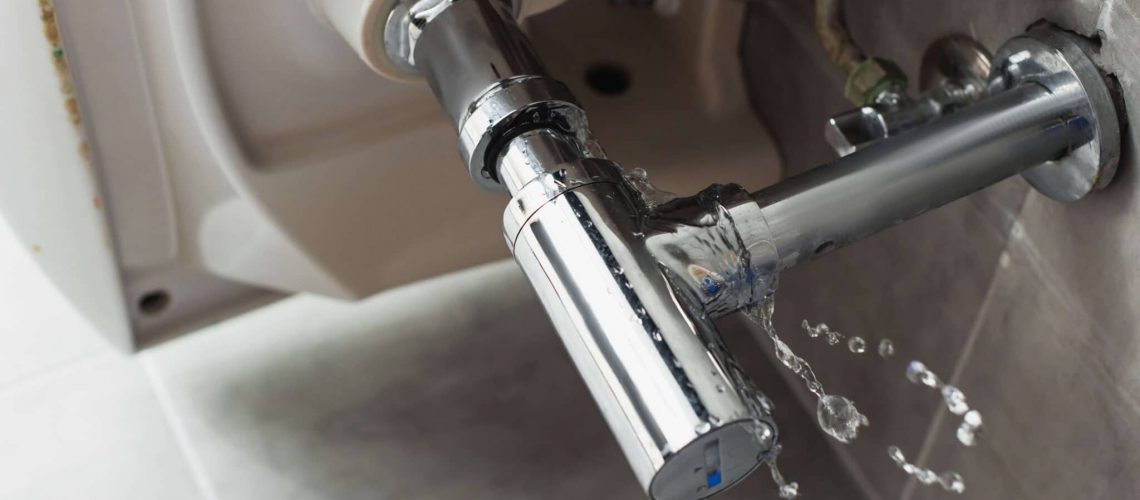Leaking pipes, burst sewer lines, and natural disasters can often leave your home severely water damaged. If your property is affected by water damage, it’s critical to identify the cause and act quickly to avoid further destruction.
Household water damage can be very stressful to deal with, especially when it leads to more problems down the line. While these repairs often require the help of professionals, there are a few DIY steps you can follow to help limit the damage where possible.
What Does Water Damage Affect?
Water is critical to life, but it can also destroy everything in its path – leaving you with a huge mess to clean up. As a homeowner, it is essential to understand what areas of water can seriously damage your home. To be safe, always inspect the following locations for damage:
- Drywall
- Plaster
- Insulation
- Wood
- Framing
- Floor coverings
- Electrical wiring
- Pipes
- Appliances
- HVAC
As you can see, water can wreak havoc on your home’s foundation and quickly wrack up a hefty restoration bill if left unattended. It’s therefore essential to act swiftly before the damage becomes worse.
What to Consider Before Water Damage Restoration?
To determine whether you will clean up the area yourself or hire water damage restoration experts, the first thing you want to do is to evaluate the situation and consider a few of the following factors:
Water Volume
If your home is experiencing a small or moderate amount of water, you can typically manage it independently if you have the proper tools. However, if significant flooding is not going away despite your efforts, it might be best to call a professional.
If your neighborhood is recovering from a natural disaster or large flood and your home has suffered significant damage, it may not be the time for a DIY project. Instead, follow the instructions from your local disaster relief authorities and leave these repairs to the experts.
Source of Damage
Before you dive into water damage restoration, you need to discover where the water is coming from. There are three types of water you need to look out for when you have a flooding issue in your home.
Clean water: From rain or leaky pipes, this water does not contain harmful chemicals and is safe to handle yourself.
Gray water: Leaking from appliances like your dishwasher, toilet, or washing machine, gray water may be slightly contaminated. With the proper precautions, you can clean this yourself.
Blackwater: The most harmful type of water, blackwater comes from the sewer or flooding from a nearby water source such as a river. It often contains health hazards and is unsafe to handle.
Damage Level
Lastly, you’ll want to assess the level of damage. Light damage can often be handled by the homeowner, however, significant damage can be hazardous and dangerous to repair without the help of a professional. For example, if flooding on an upper level has seeped through the floor onto the ceiling, the damage is beyond your ability to safely restore.


